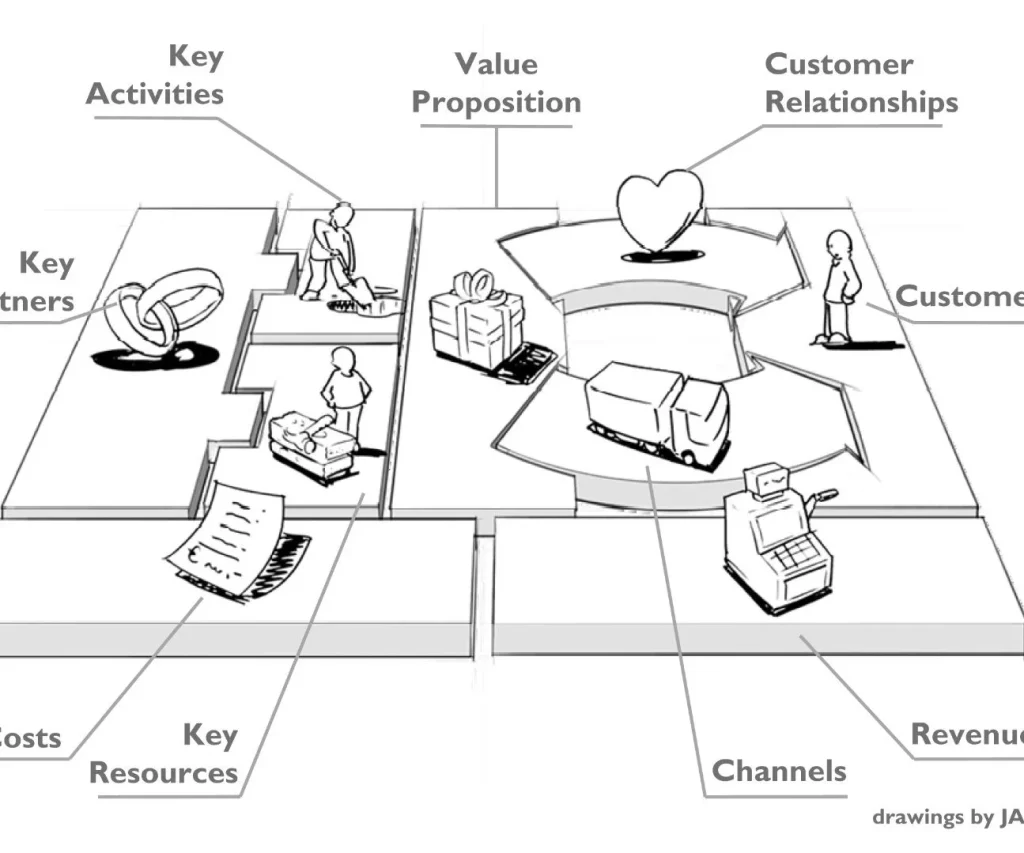Market Analysis Techniques: A Startup Guide to Know Your Audience
You’ve got a solid business idea. But before you build it — or invest more time and money — you need to answer one critical question:
Is there actually a market for this?
That’s where market analysis comes in. It’s not about massive reports or fancy tools — it’s about making smart decisions based on real-world insight. Below are a few lean techniques startups can use to understand their audience, validate demand, and stay ahead of the competition.
1. Customer Discovery Interviews
Before analytics, before surveys — start with conversations.
Talk directly to your target users and ask:
- What are you struggling with right now?
- How are you solving this today?
- What do you wish existed?
Keep it open-ended. Your goal isn’t to pitch — it’s to listen. These insights are gold for shaping your product and messaging.
Pro tip: Aim for 5–10 interviews to start spotting patterns.
2. Competitor Analysis (The Smart Way)
Don’t copy — observe. Studying your competition helps you:
- See what’s already working
- Identify gaps in the market
- Position yourself differently
Start by analyzing:
- Their pricing
- Their messaging
- Their customer reviews (look for pain points)
Use simple tools like Google Search, LinkedIn, or even Reddit to get qualitative data fast.
3. TAM, SAM, SOM Breakdown
This is a simple framework to size your market:
- TAM: Total Available Market (everyone who could possibly use your product)
- SAM: Serviceable Available Market (people you can realistically reach)
- SOM: Serviceable Obtainable Market (your first-year target)
Example: If you’re building a fitness app for women over 40, your TAM might be all women in that age group; your SOM might be just those in North America who actively download health apps.
4. Trend Spotting and Keyword Research
Market shifts happen fast — so stay on the pulse.
Use Google Trends or keyword tools like Ubersuggest or Ahrefs to:
- Track rising search interest in your product category
- Find common questions or frustrations
- Discover what language your audience uses
This kind of data helps you refine your positioning and content strategy.
5. Surveys and Waitlists
Once you’ve validated interest through interviews or search trends, take it further:
- Launch a short survey (via Typeform, Google Forms)
- Offer a waitlist for early access
- Include one or two qualifying questions (e.g., “Would you pay for this?”)
This gives you early validation, potential leads, and a list to market to later.
Conclusion
You don’t need a huge budget to understand your market — just curiosity, structure, and the right techniques. Do your research now, and build something people actually want. Want a simple tool to get started? Download our free Market Research Planning Checklist





